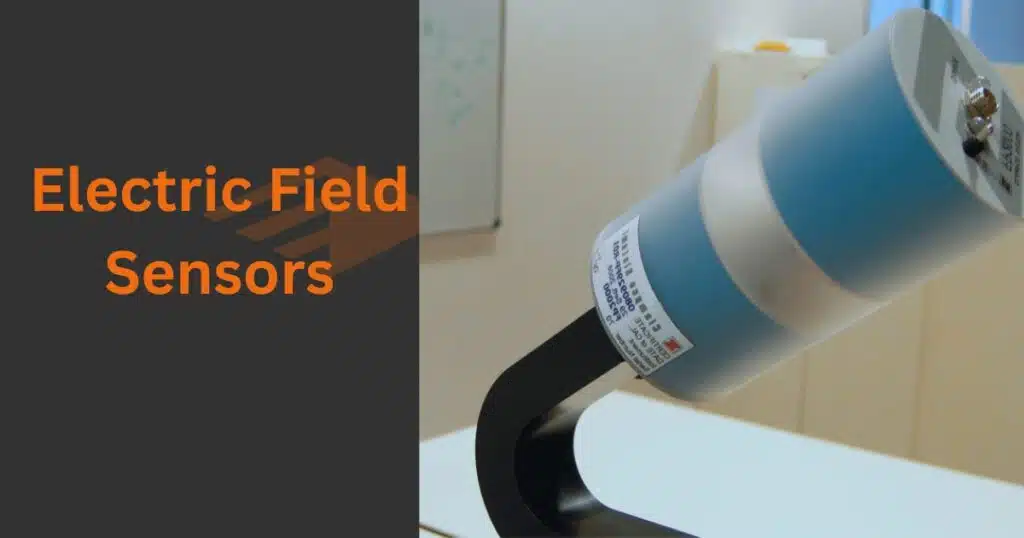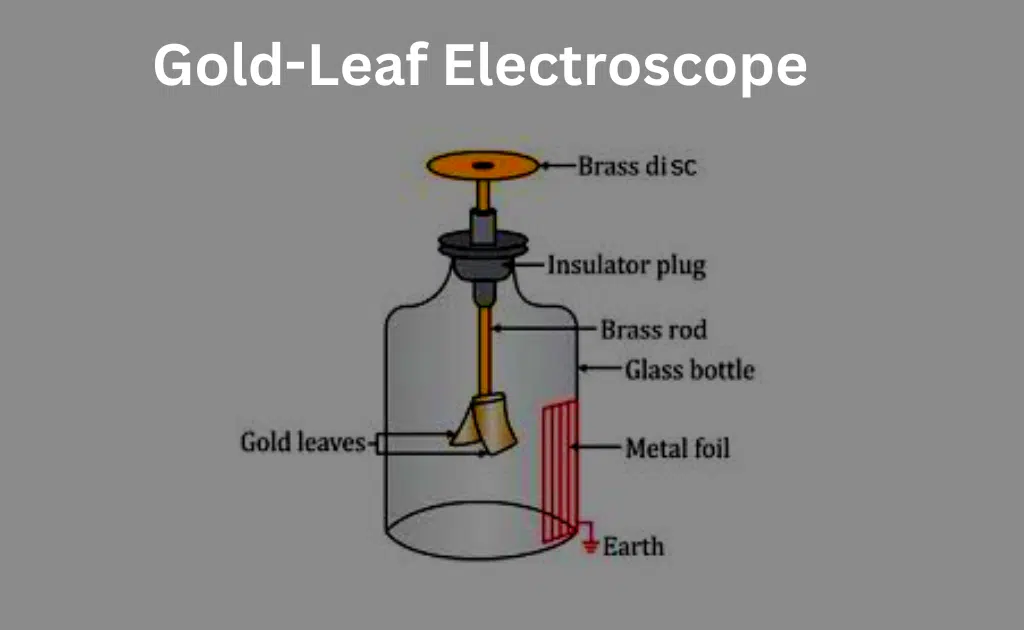Electric Field Sensors- Applications and Working Principles
Electric field sensors play a crucial role in detecting and measuring electric fields in various applications. They are essential tools for researchers, engineers, and hobbyists. It helps in the measurement and analysis of electric fields in different environments.
What are Electric Field Sensors?
Electric field sensors are devices designed to measure the strength and direction of electric fields in their surroundings. These sensors are based on the principles of electromagnetism and operate by detecting the force exerted on charged particles in the presence of an electric field. Electric field sensors provide valuable data for a wide range of applications.

Working Principle of Electric Field Sensors
Electric field detectors operate by generating a very weak magnetic field that cannot be seen or felt. This magnetic field interacts with conductive objects which are materials that allow electricity to pass through them easily.
When an electric field detector is active it continuously emits this weak magnetic field into its surrounding area. If there are any conductive objects within that area they will interact with the magnetic field.
The detector is designed to sense any changes in the magnetic field caused by the presence of conductive objects. When it detects such changes, it alerts or signals the user, indicating that there is a conductive object nearby.
Types of Electric Field Sensors
There are three Basic Electric Field Sensors.
Capacitive Electric Field Sensors
Capacitive sensors measure electric fields by using the principle of capacitance. They consist of two conducting plates separated by an insulating material, forming a capacitor. When an electric field is applied, it induces a charge imbalance, resulting in a change in the capacitance. By measuring this capacitance change, the electric field strength can be determined.
Electrostatic Field Mill Sensors
Field mill sensors employ rotating or vibrating electrodes to measure electric fields. As the electrodes move, the force exerted on them by the electric field is detected. The resulting signal is proportional to the electric field strength. Field mill sensors are often used in weather stations to monitor atmospheric electric fields.
Hall Effect Electric Field Sensors
Hall effect sensors detect electric fields indirectly by measuring the voltage produced when a charged particle moves through a magnetic field. This phenomenon, known as the Hall effect, allows for the determination of the electric field strength based on the measured voltage. Hall effect sensors can also detect magnetic fields, making them versatile in various applications.
Applications of Electric Field Sensors
Electric field sensors find applications in diverse fields, including:
Environmental Monitoring
Electric field sensors are used to measure atmospheric electric fields, helping in the study of thunderstorm activity, lightning research, and ionospheric research.
Human Safety
Electric field sensors can detect electric fields around high-voltage power lines ensuring the safety of individuals working in proximity to such sources.
Robotics and Automation
Electric field sensors can be integrated into robotic systems to enable proximity sensing and obstacle detection.
Internet of Things (IoT)
Electric field sensors, when combined with microcontrollers like Arduino, can be used in IoT projects for smart home automation, touchless interfaces, and gesture recognition.
Electric Field Sensors and Arduino
Arduino is a popular open-source electronics platform that provides an excellent platform for integrating electric field sensors into various projects. When we connect electric field sensors to Arduino boards, we can collect data, perform real-time analysis, and control other devices based on the measured electric field.
Several libraries and online resources are available to assist in the integration of electric field sensors with Arduino.
Related FAQs
What are the three basic electric field sensors?
Capacitive sensors
Field-effect sensors
Electrostatic sensors
How do electromagnetic field sensors work?
Electromagnetic field sensors work by detecting and measuring the electromagnetic fields generated by electric currents or charges. They typically utilize magnetic field sensors or electric field sensors, or a combination of both.
How does an electric sensor work?
An electric sensor, such as a capacitive or field-effect sensor, works by detecting changes in electrical properties, such as capacitance or conductivity, in response to an electric field. These changes are then converted into an electrical signal that can be measured and analyzed.







Leave a Reply